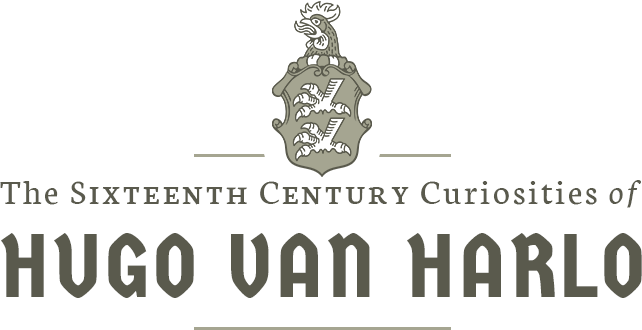The conflict that evolved into the Dutch struggle for independence from Spain lasted eighty years. Its roots are found many decades earlier. While periodizing history may be an arbitrary task, it can be helpful in creating a lens in which to focus research efforts. In my case, I’ve chosen 1566-1619.
If you’re interested in researching a historical slice-of-life type (such as may be the case when looking to construct or better understand an SCA persona) or research a number of interests across a single historical milieu, then a narrow timespan is helpful.
Therein lies the trouble with the Eighty Years’ War the Dutch waged against Spain: 1566-1648 is a lot of ground to cover as a non-academic, part-time, amateur historian looking for as much historical understanding and context as possible.
Setting Narrow Dates for Research
In narrowing my focus, I’ve chosen to start in 1566. This is the year the troubles with the Spanish Habsburg government flared up: in April, 300 armed members of the lesser nobility presented a petition to Margaret of Parma in an episode known as the Compromise of Nobles. Later that summer, the iconoclastic, anti-Catholic Beeldenstorm took much of the Low Countries. At this point, the Low Countries were set on an unrecoverable course towards rebellion.
As an end date, I would set 1619 as a reasonable conclusion due to developments in both the war and the emergent Dutch state (noting that while, yes, the SCA defines itself as a pre-17th Century organization, historical events are not so neat-nothing happened at the stroke of midnight December 31st, 1601 to force me to stop my research at that date).
The Twelve Years’ Truce with Spain was signed in 1609, and the United Provinces was treated with a sort of uneasy independence. But the Protestant/Reformed domestic disturbances within the Netherlands over the next decade really help bring a close a proper understanding of this period of Dutch history.
By 1619, you had the United Provinces acting as a de facto independent power, but you also have the conclusion of the Synod of Dort, which helps resolve much of the distinctly Calvinist character of the 17th Century Dutch Republic. Thus, by starting at 1566, you have the emergence of what would become the Dutch state, and by 1619, you can see it in a number of ways as its own, maturing body. Those years in between are full of chaos, blood, and the heavy politics of understanding what this new united Low Country identity would be.
A Focus on the Early Years of the Dutch Revolt
While 1619 will continue to act as a formal cut-off for my area of study, that’s still a swath of over fifty years. To help focus my research and recreation of material culture as needed (e.g. clothing), my focus will chiefly be on the early years of the Revolt where the Dutch state began to form: 1576-1587/1589
The treaty known as the Pacification of Ghent was signed in 1576 and marked one of the first significant acts of all the Low Countries’ provinces.
The period of 1589-1590 represents the emergence of the Dutch Republic government, the beginning of Prince Maurice of Orange as a Dutch political player, and the withdrawal of Phillip II from the Low Countries (due to Henry IV’s ascension in France).
As such, the period from 1576 to 1589/1590 provides a wealth of interesting political, social, and military events to study.
